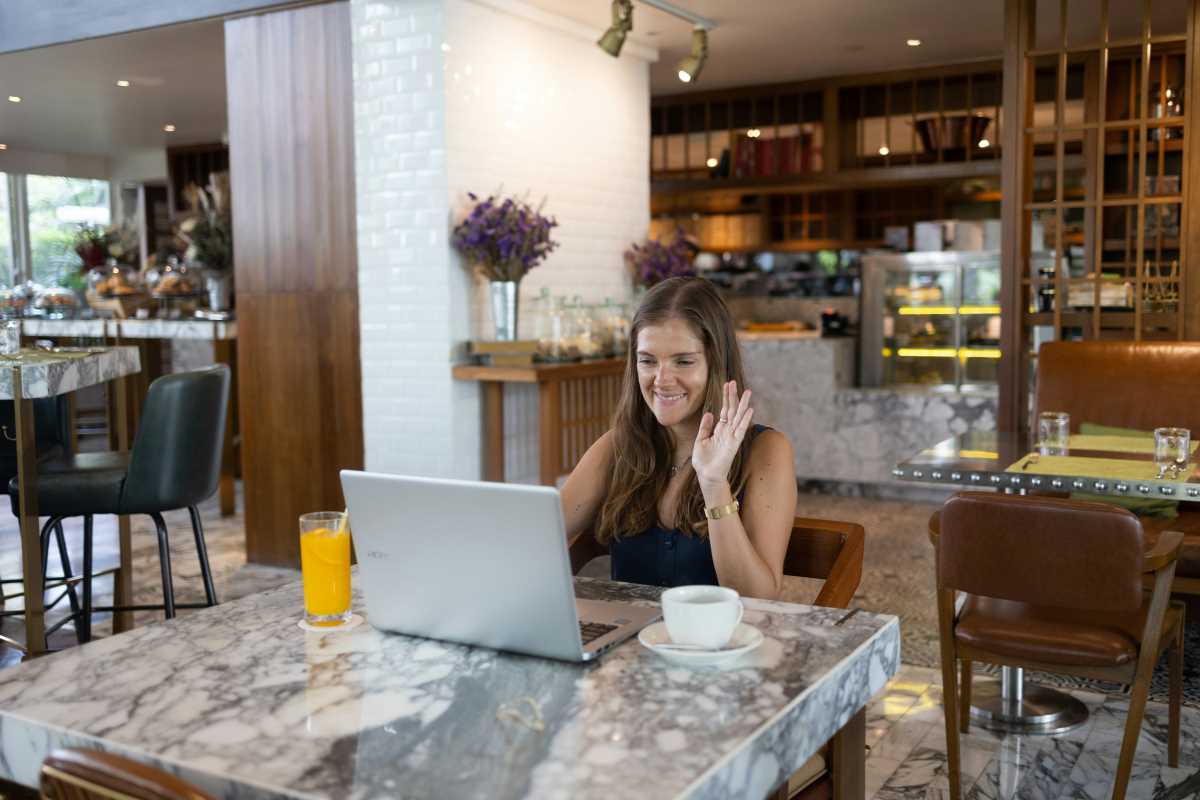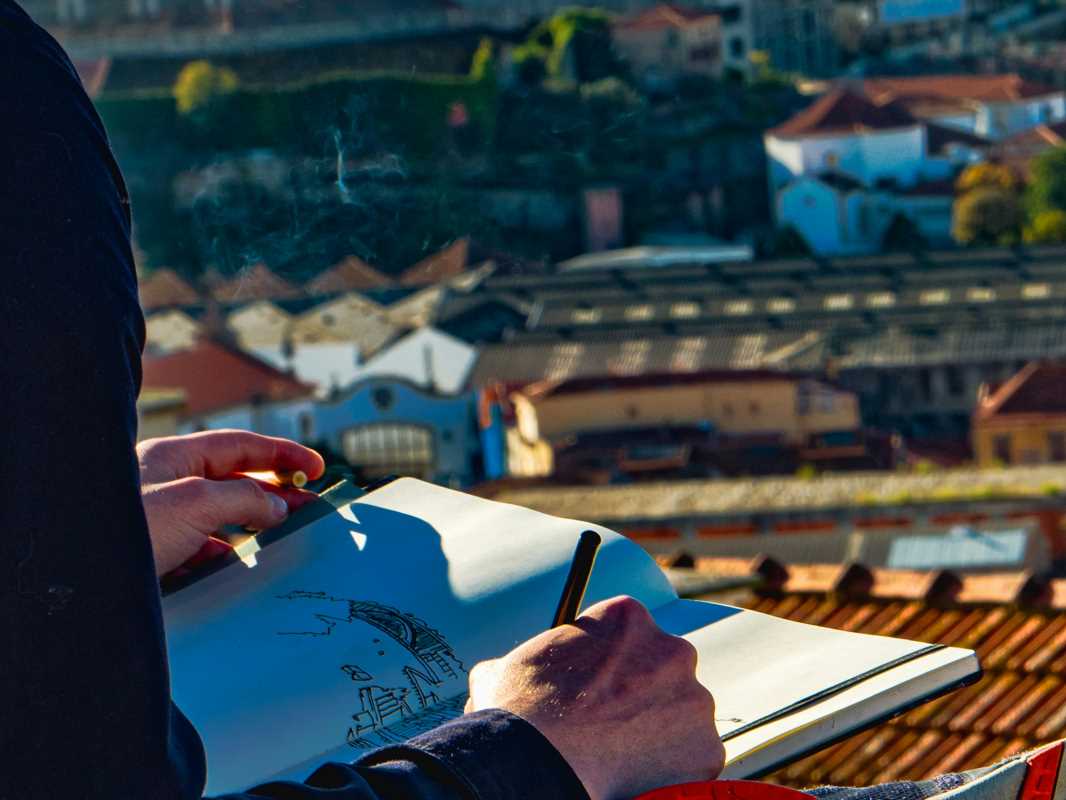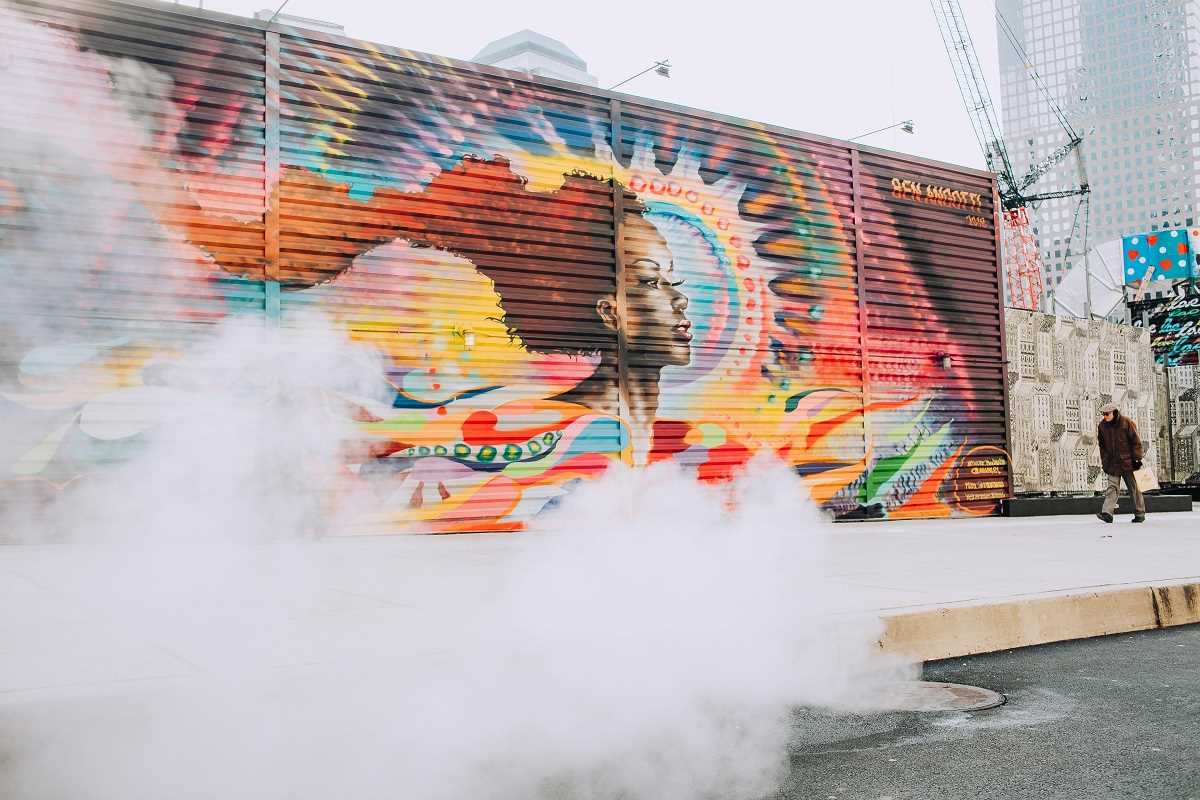Balancing client deadlines with the excitement of exploring new places adds energy and creativity to everyday responsibilities. You can satisfy your curiosity and sense of adventure without losing sight of important projects. By blending exploration with your regular work routine, you return from each experience feeling refreshed and prepared to take on whatever comes next. This approach keeps your work interesting and helps you stay motivated, even when facing challenging tasks. Letting discovery become part of your day not only sparks new ideas, but also gives you a renewed sense of purpose each time you sit down to work.
Every milestone you reach—from resurfacing a cobblestone street to closing a project—feels more meaningful when you tape the map of your journey into your schedule. This approach brings excitement to both spreadsheets and side streets, creating memories beyond deliverables.
Broaden Your Horizons with Work and Discovery
Balancing assignments alongside spontaneous detours sparks creative problem-solving. When you sit down to edit a report in a seaside café and then follow up with a stroll along the boardwalk, your mind makes connections between detail-oriented tasks and sensory discoveries. You notice design cues in colorful storefronts or fresh metaphors inspired by sunset reflections on water.
Juggling client goals with curious breaks rewires your perspective on efficiency. Instead of viewing exploration as a distraction, you use it as fuel. Pausing to observe local architecture or taste regional ingredients provides mental resets that sharpen focus. Those moments of wonder surface new angles to present to clients, enriching your professional voice with genuine enthusiasm.
Plan Your Workflow for Discovery
Use a numbered list to structure both routine tasks and explorations. Follow each number with clear steps so you can easily switch between work and discovery:
- Create time-block windows that alternate between client tasks and curiosity sessions. Each window should last 60 to 90 minutes so you maintain momentum without burnout.
- Develop a mini-checklist before each work block: confirm connection strength, outline the next deliverable chunk, assemble resources. This prevents last-minute searches.
- Map nearby points of interest within walking distance or a short ride. Group them by theme—cafés, parks, galleries—to fit 20- to 40-minute exploration breaks.
- Set reminders that prompt you out of the home office or coworking space when you hit a productivity target. A short detour can recharge your focus for the next work segment.
- Keep a small travel notebook or app ready to jot down inspiration from strolls. Use those quick notes when you return to writing or brainstorming for clients.
This methodical approach ensures you meet client expectations while embracing curiosity throughout your day.
Practical Techniques for Managing Projects and Adventures
- Segmented Scheduling
- Break your day into fixed intervals, assigning hours to tasks like:
- “Project Drafting”
- “Street Patterns Observation”
- “Client Review”
- Use free calendar alerts on any device.
- Color-code time blocks for quick mental recognition of task types.
- Break your day into fixed intervals, assigning hours to tasks like:
- Local Connectivity Check
- Research at least three Wi-Fi or data options near your stay, noting:
- Location
- Operating hours
- Typical download speeds
- Carry a portable battery for 24-hour backup.
- Save network passwords in a secure note for easy access.
- Research at least three Wi-Fi or data options near your stay, noting:
- Task Rotation
- Alternate between creative and analytical tasks before taking exploration breaks.
- Track productivity using metrics like:
- Word count
- Completed budget items per session
- Log outputs in a simple spreadsheet to identify productivity peaks.
- Experience Linking
- Pair work milestones with local rewards, such as:
- Gelato after submitting a draft
- A visit to a seasonal market after a client call
- Track how often you complete these rituals weekly.
- Choose culturally rich experiences to deepen the memory connection.
- Pair work milestones with local rewards, such as:
- Portable Workspace Kit
- Assemble essentials:
- Noise-canceling earbuds
- Compact laptop stand
- Universal adapters
- Foldable mouse
- Microfiber cloth
- Keep everything under 2 kg in a backpack or messenger bag.
- Total cost ~ $150; prioritize quality for faster setup anywhere.
- Assemble essentials:
Improve Your Tools and Manage Time Zones
Adjust your schedule to suit shifting time zones while keeping clients in sync. Use a world-clock app to find overlapping work hours for you and your client. Mark those overlaps clearly in your calendar. This approach reduces late-night back-and-forths and helps you remain energized for local exploration.
Set up remote-desktop software that reconnects you to your main workstation if local devices fail. Budget-friendly options cost around $5–10 per month and support multiple platforms. Test reconnection before each trip to prevent surprises during important projects.
Explore new places and Find Inspiration
Travel sparks creativity that turns routine client briefs into lively stories. Visiting art studios in a quiet town or sampling street food in a lively district provides fresh sensory details you can incorporate into pitch decks, blog posts, and presentations. Every unfamiliar street corner you explore becomes a source of authentic stories that resonate with audiences.
Keep your camera or phone ready for quick snapshots of local textures—tile patterns, market stalls, sunrise silhouettes. These visuals can inspire metaphors or color palettes for your next design project. Each detour trains your creative mind to find inspiration in everyday scenes.
Follow unexpected paths that lead you to unique sights, and invite clients to experience your discoveries through engaging stories in reports. Combining professional work with personal exploration enriches your skills and your travel memories.
Discover new places beyond Limits
Turn the world into your workspace by combining project goals with travel experiences. Let local encounters inspire your work, transforming daily tasks into creative adventures. With curiosity and balance, you’ll achieve growth while enjoying meaningful, memorable journeys.
 (Image via
(Image via





